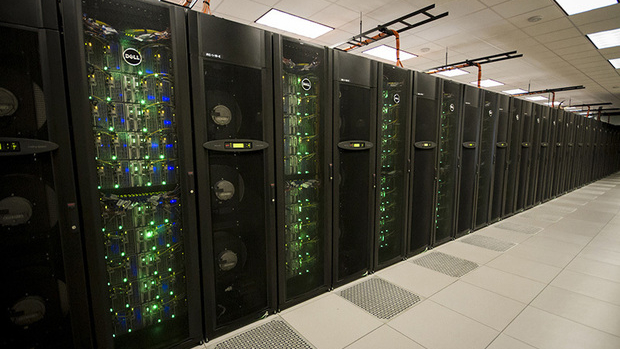The Australian Pawsey Supercomputing Centre has signed an agreement with the Partnership for Advanced Computing in Europe (PRACE) to pool resources and information that will help research groups globally.
The two organisations signed a Memorandum of Understanding to promote research and development in computational science and engineering, focusing on the exchange of information in three areas; training, industrial usage of High-Performance Computing (HPC), and the link between HPC and scientific instruments.
The partnership also commits to identify opportunities to improve the operational efficiency of both parties, and provide enhanced support for globally distributed research teams.
PRACE is an international non-profit association, made up of 25 member countries across Europe. It operates a pan-continental supercomputing infrastructure formed by the Barcelona Supercomputing Centre; Italian supercomputing consortium CINECA, the Swiss National Supercomputing Centre operated by ETH Zurich; the Gauss Centre for Supercomputing in Germany and French HPC agency Grand Équipement National de Calcul Intensif.
It provides access to computing and data management resources and services for large-scale scientific and engineering applications at the highest performance level for scientists and researchers from academia and industry in Europe.
PRACE and Pawsey share “the complexity and international nature of the science areas that each organisation supports, the need to provide services to researchers who are spread across different time zones and the requirement of on-demand access to compute power for a scientific instrument”, Pawsey said.
The partnership was signed at the European HPC Summit in Ljubljana, Slovenia by PRACE managing director Serge Bogaerts and Pawsey’s acting executive director, Ugo Varetto.
“We are pleased to be the first Centre outside of Europe to collaborate with PRACE at this level,” said Varetto.
“Pawsey’s connection with the Square Kilometre Array (SKA) telescope, one of the great scientific instruments of our time, is an incredible challenge in which to be involved. This is the type of project that represents an opportunity to learn and to contribute to. With this MoU, Pawsey is seizing another opportunity to share experiences and also learn from our peers,” he added.
Serge Bogaerts added: “PRACE is proud to add this MoU to its existing list of co-operations with international peer organisations, and we are looking forward to expanding on this positive start to connect the HPC ecosystems of Europe and Australia.”
In April, Pawsey signed an agreement with Singapore’s National Supercomputing Centre (NSCC) to work together to deliver better, faster and more innovative scientific outcomes for the benefit of both nations.
According to the agreement, the two facilities will collaborate on areas such as strategy, best practice and shared experiences in planning, defining, administering, and supporting industry engagement, outreach activities, training and stakeholder management. They also cooperate on governance matters, resource access and sharing, resource allocation, export control, infrastructure accreditation; HPC software development and cybersecurity.
Both alliances represent major steps towards making Pawsey a “world-leading, internationally recognised supercomputing facility” Varetto said.
Last month, Pawsey announced it had appointed Mark Stickells as its new executive director.
The position became vacant in November last year after a leadership shake-up at the high-performance computing facility saw Neil Stringfellow leave the role.
IDG News Service






Subscribers 0
Fans 0
Followers 0
Followers